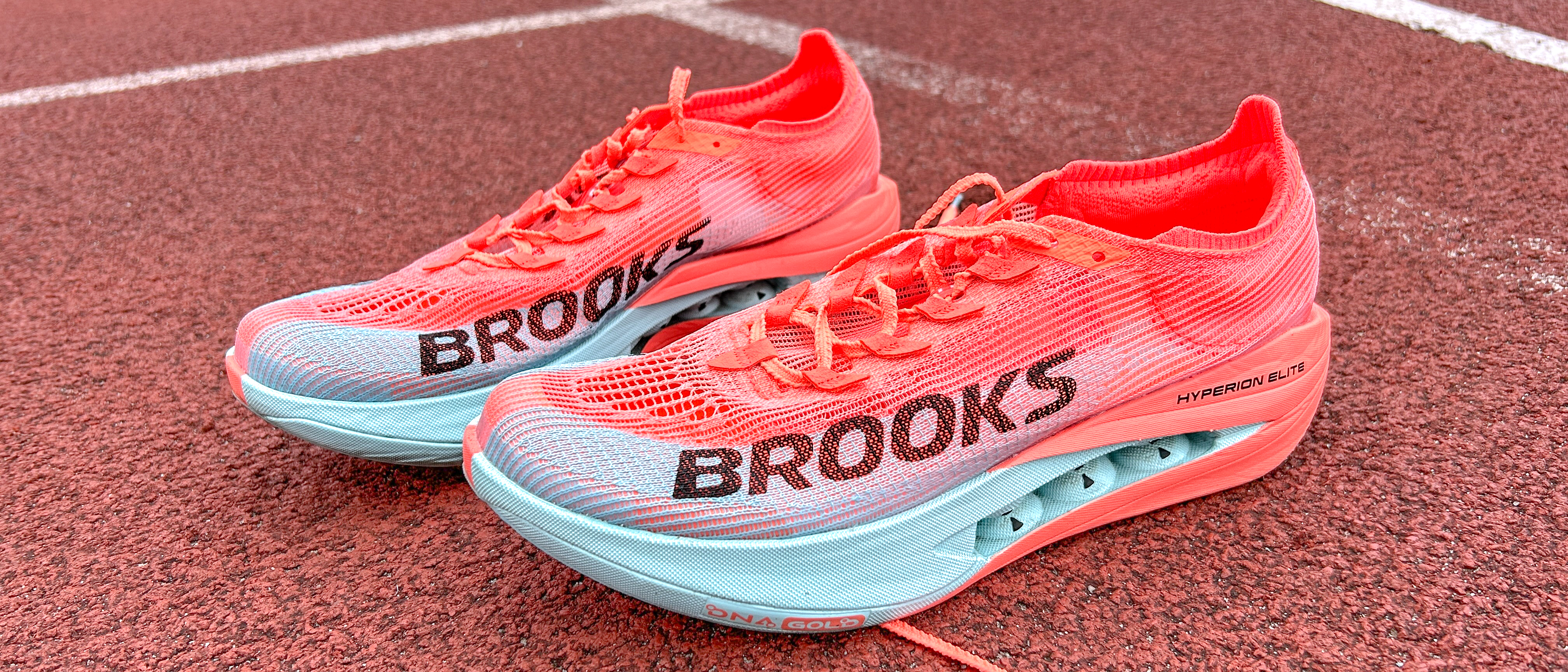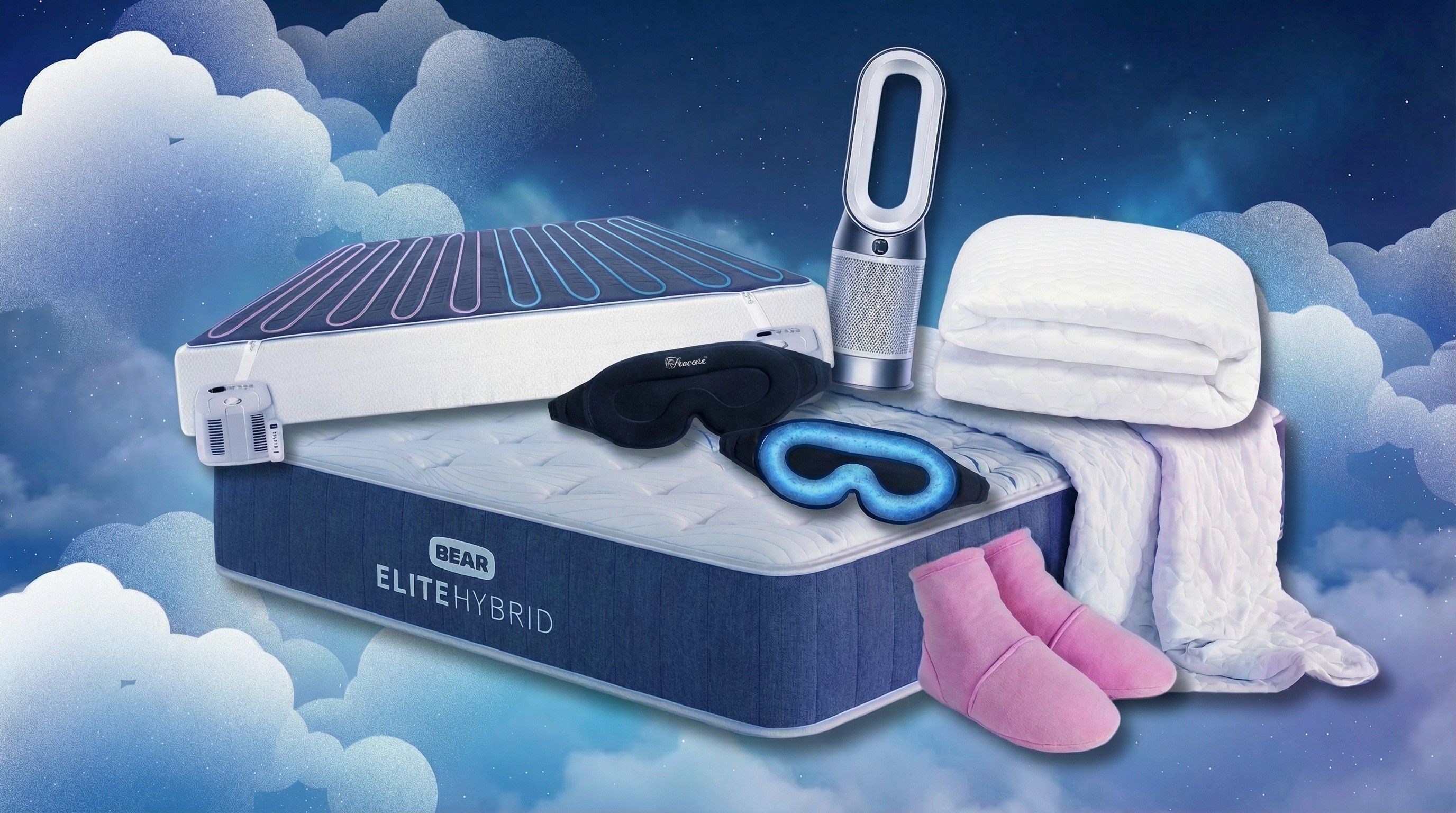Tom's Guide Verdict
The Brooks Hyperion Elite 5 is undoubtedly an excellent running shoe with a springy foam and a carbon plate in the midsole to help propel you through races. However, there are a couple of racers I rate more highly, and the high price of the new shoe makes its predecessor — the Hyperion Elite 4 PB — a value alternative.
Pros
- +
Springy midsole foam
- +
Carbon plate
- +
More stable than many super-shoes
- +
Lightweight design
Cons
- -
Not as propulsively fast as some racers
- -
More expensive than some great racing shoes
Why you can trust Tom's Guide
There’s an old saying about buses; that you wait ages for one and then two come along at once. The same is true of top-tier Brooks racing shoes, because after waiting years for a competitive super-shoe from the brand, it has now released two in 2025.
The Brooks Hyperion Elite 5 follows hot on the heels of the Brooks Hyperion Elite 4 PB, which was the first Brooks racer to use a bouncy PEBA foam in the midsole, which elevated its performance to match that of the best carbon plate running shoes.
After racing and doing several fast training sessions in the Brooks Hyperion Elite 5, I’d say it’s an upgrade on the Hyperion Elite 4 PB, with a slightly lighter and springier design.
It’s an excellent option for races of any distance, but in the highly competitive carbon shoe market, I still have it behind a couple of standout super-shoes, like the Puma Fast-R Nitro Elite 3 and Asics Metaspeed Sky Tokyo.
Brooks Hyperion Elite 5 review: price and availability
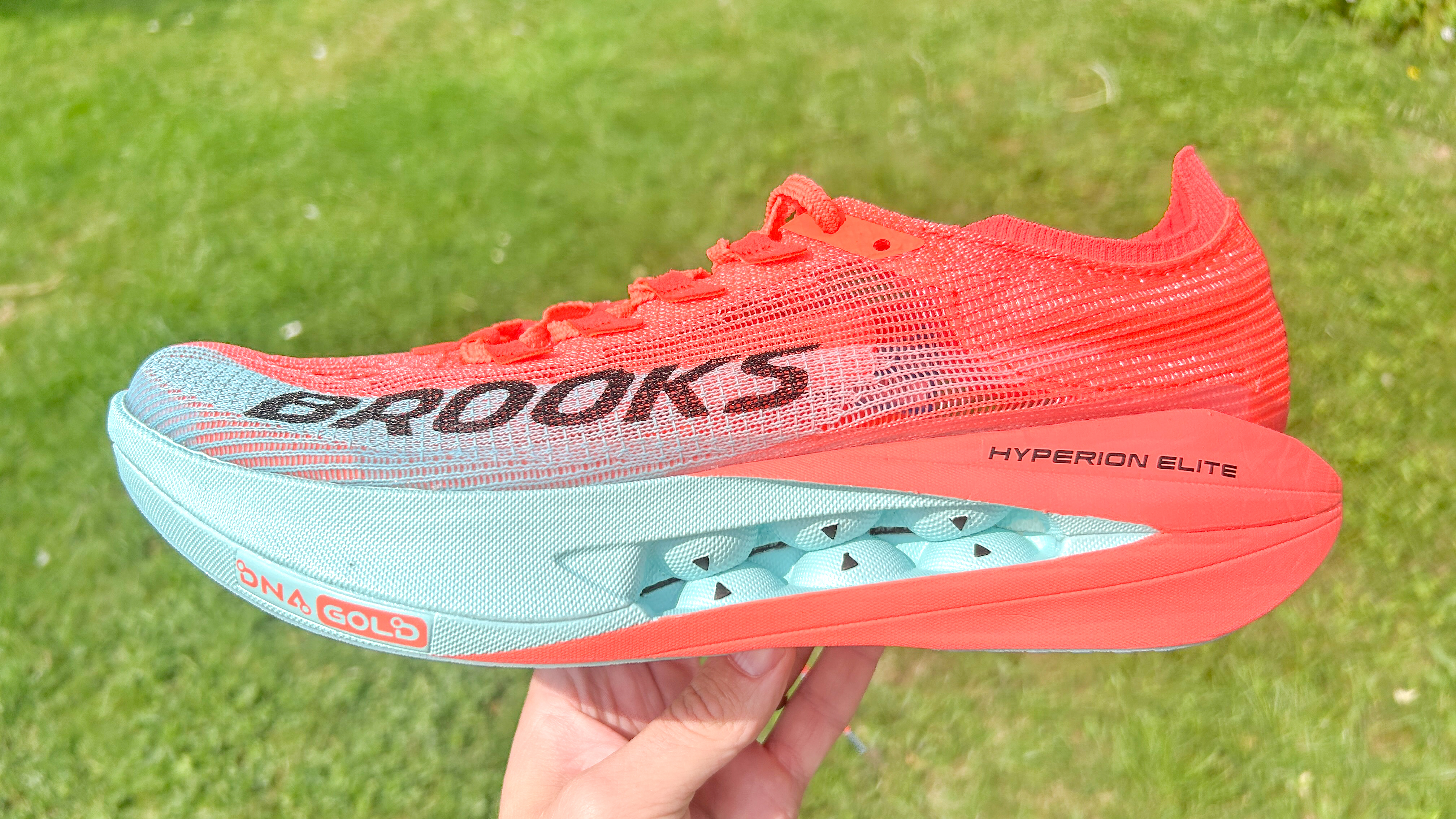
The Brooks Hyperion Elite 5 launched in July 2025 and costs $275 in the U.S. and £240 in the U.K., which is a $25 / £40 jump in price on the Hyperion Elite 4 PB. In the U.S. in particular, the Hyperion Elite 5 is quite an expensive option, with shoes like the Adidas Adios Pro 4 and Hoka Rocket X3 being notable cheaper options.
Brooks Hyperion Elite 5 review: design and fit
The Hyperion Elite 5 launched in the Pink Clay/Atomizier Blue color and tested and it fit well in my normal running shoe size, the same size I use across the Brooks range.
It has a stack height of 40mm at the heel and 32mm at the forefoot for an 8mm heel-to-toe drop, and weighs in at 7.2oz in my US men’s size 10, a fraction lighter than the Hyperion Elite 4 PB, which was 7.3oz in my size.
Get instant access to breaking news, the hottest reviews, great deals and helpful tips.
Upper
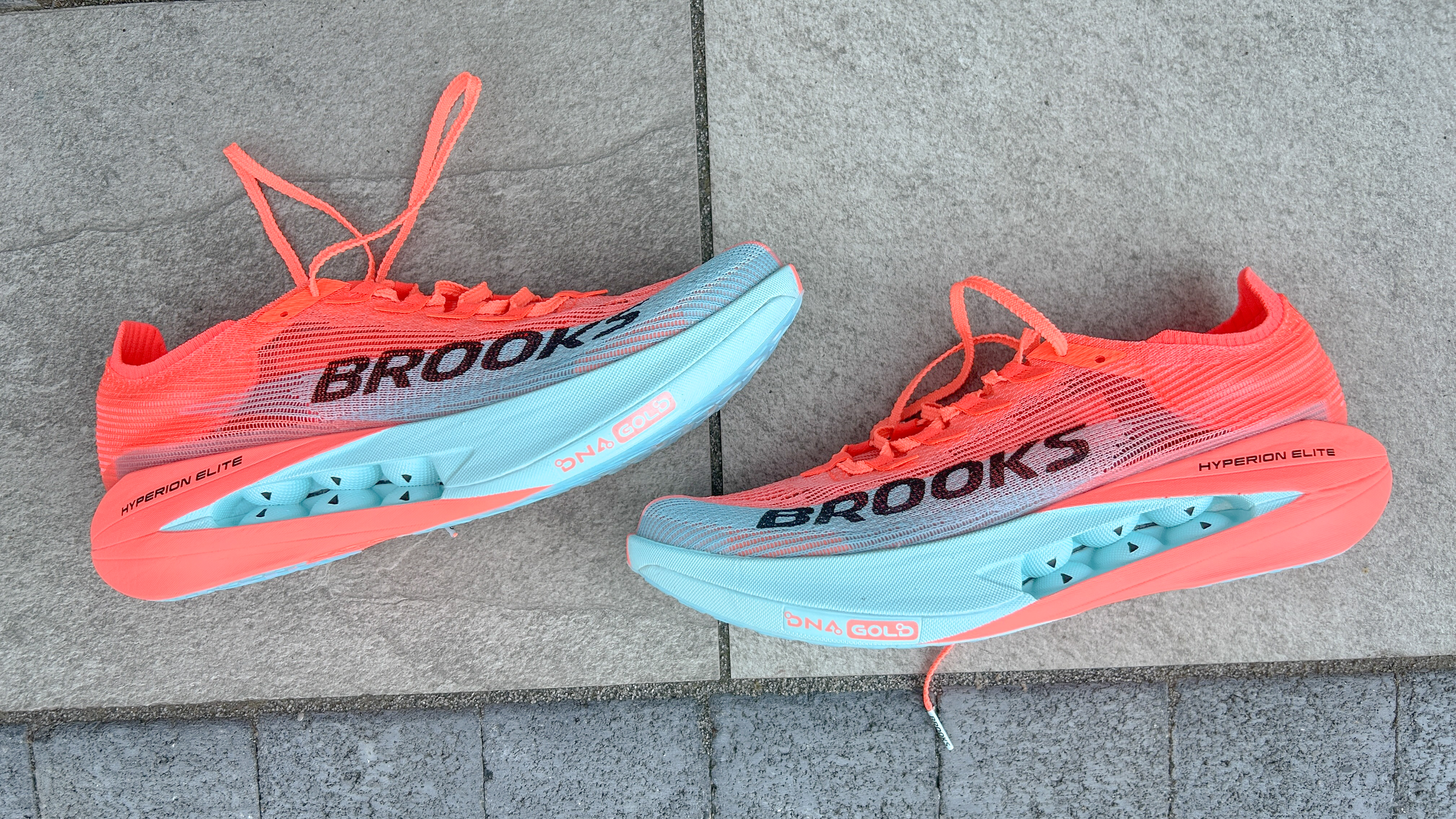
The upper on the Hyperion Elite 5 is made from a TPU-coated yarn and it’s very open to be as breathable and lightweight as possible, especially in the toe box.
There is minimal padding on the tongue, but there is a strip that runs around the heel collar to hold the heel in place. I didn’t love this strip of padding, which sometimes irritated my Achilles a little, but it wasn’t a major problem, even on longer runs.
Midsole
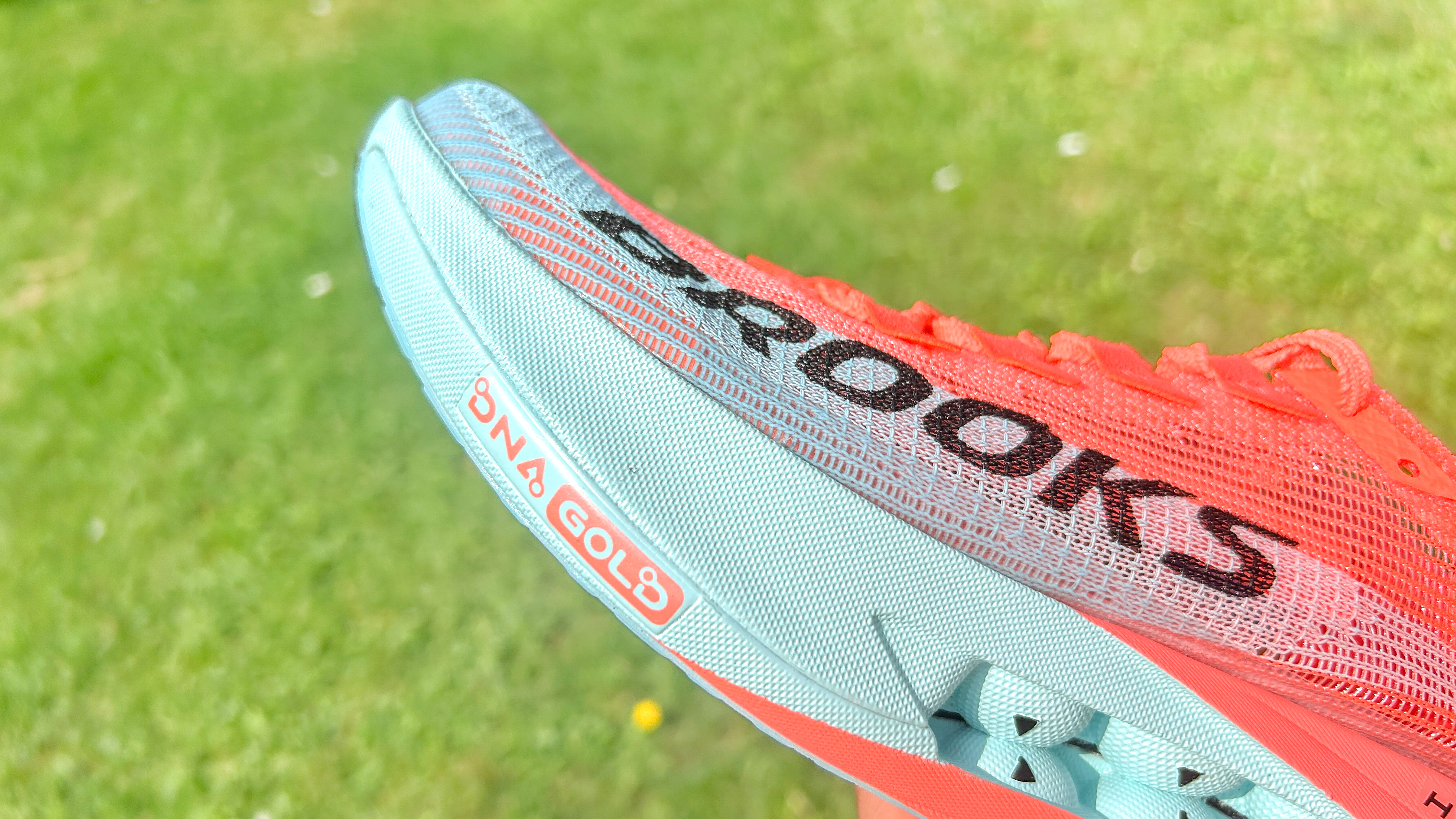
The Hyperion Elite 5 uses the DNA Gold foam that was introduced on the Hyperion Elite 4 PB, which is made from PEBA and is the lightest and bounciest foam in Brooks’ range.
There are ‘bubbles’ on foam in the midfoot on both sides of the shoe, which allows Brooks to reduce the amount of foam used and the overall weight of the shoe without creating as much instability as a full cutout.
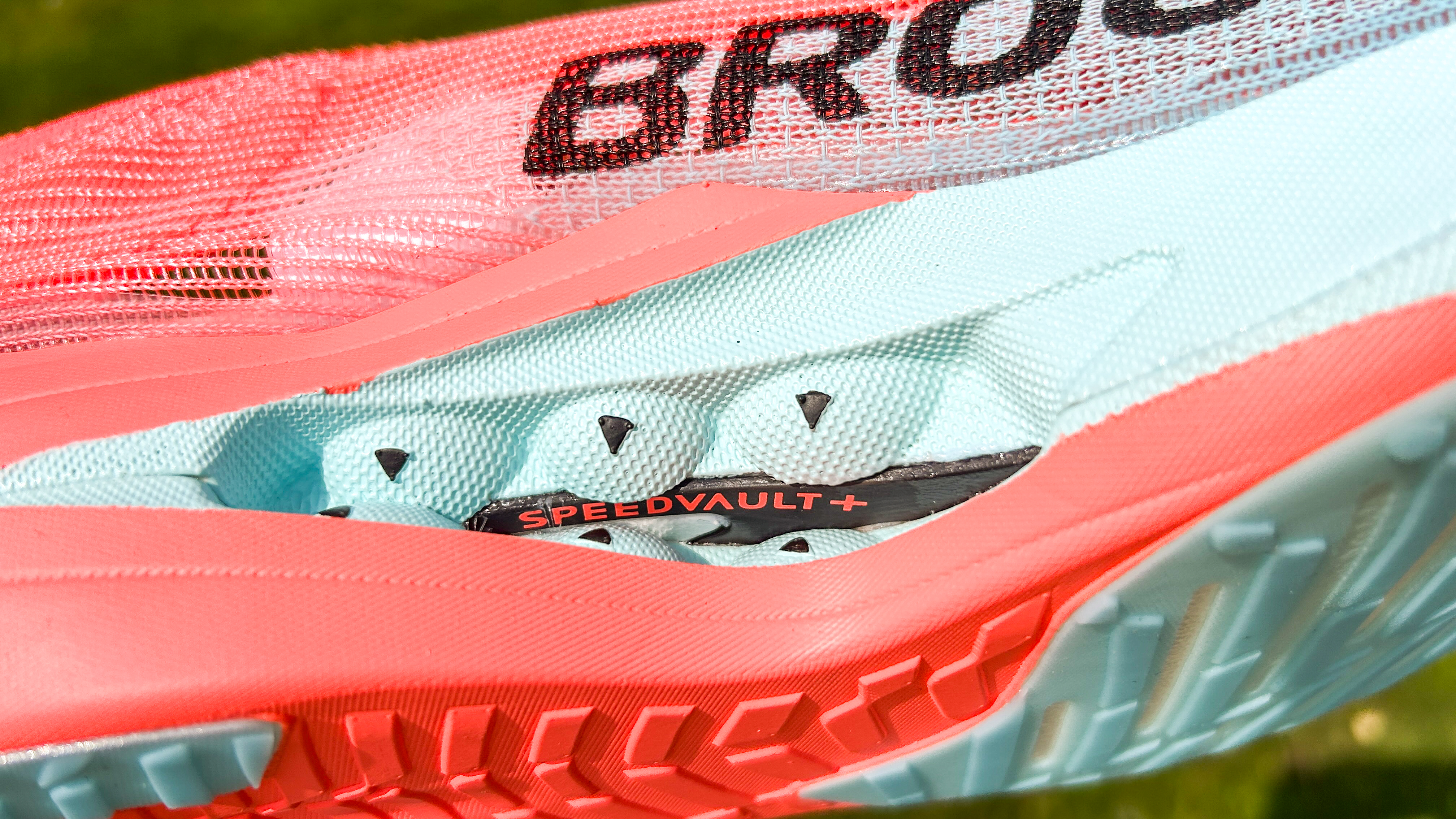
Running through the midsole is a full length 3D-printed Arris carbon plate. Brooks says that the plate is made to measure for each size of the Hyperion Elite 5, rather than just being shrunk or stretched, which optimizes the stiffness for each size.
Outsole
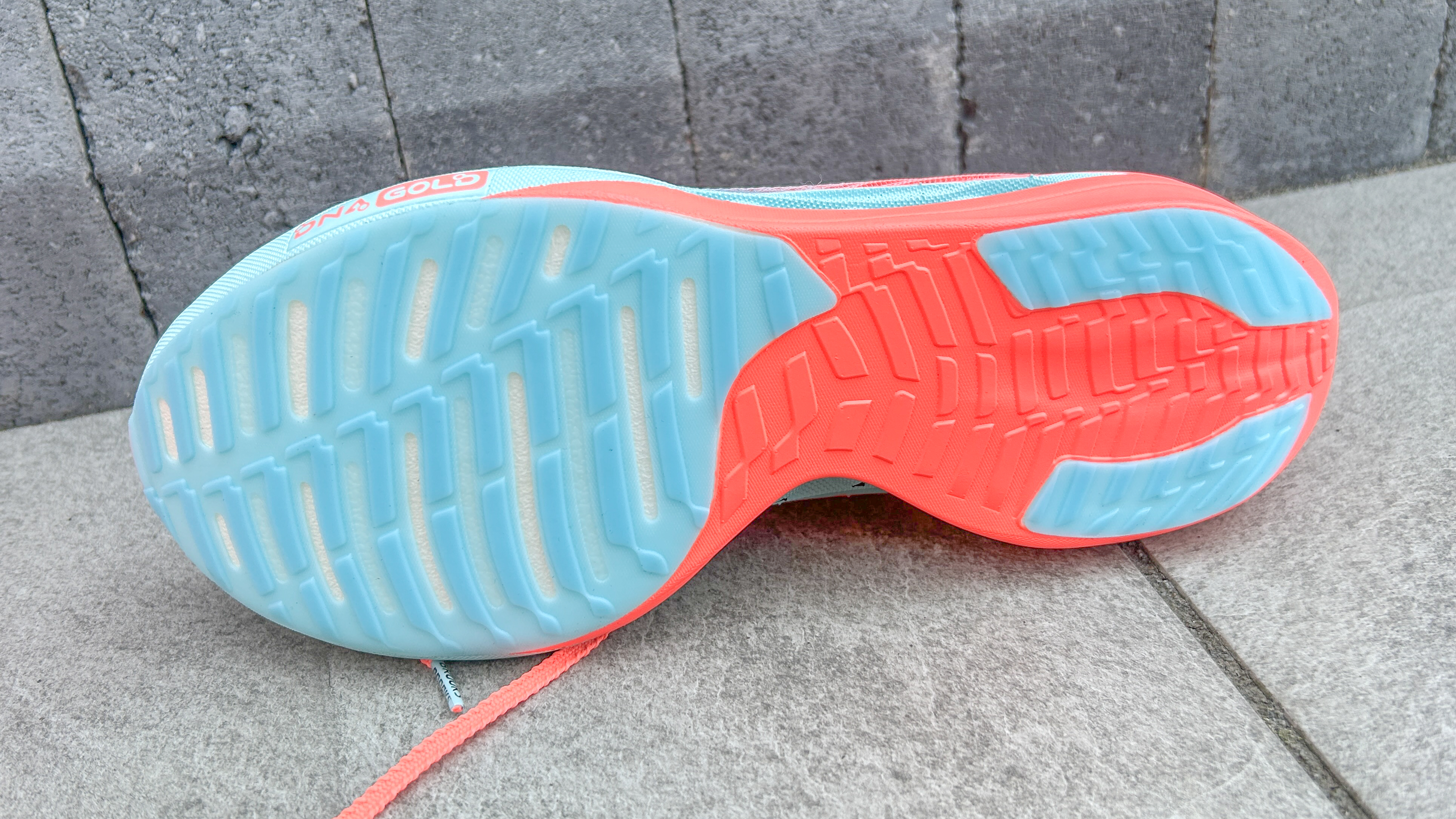
A 1.5mm thick layer of Speedtack rubber covers the forefoot of the Hyperion Elite 5, and there are two strips of rubber on the heel as well.
I found the shoe gripped well for me throughout testing and there are no signs of wear and tear on the rubber yet.
Brooks Hyperion Elite 5 review: running performance
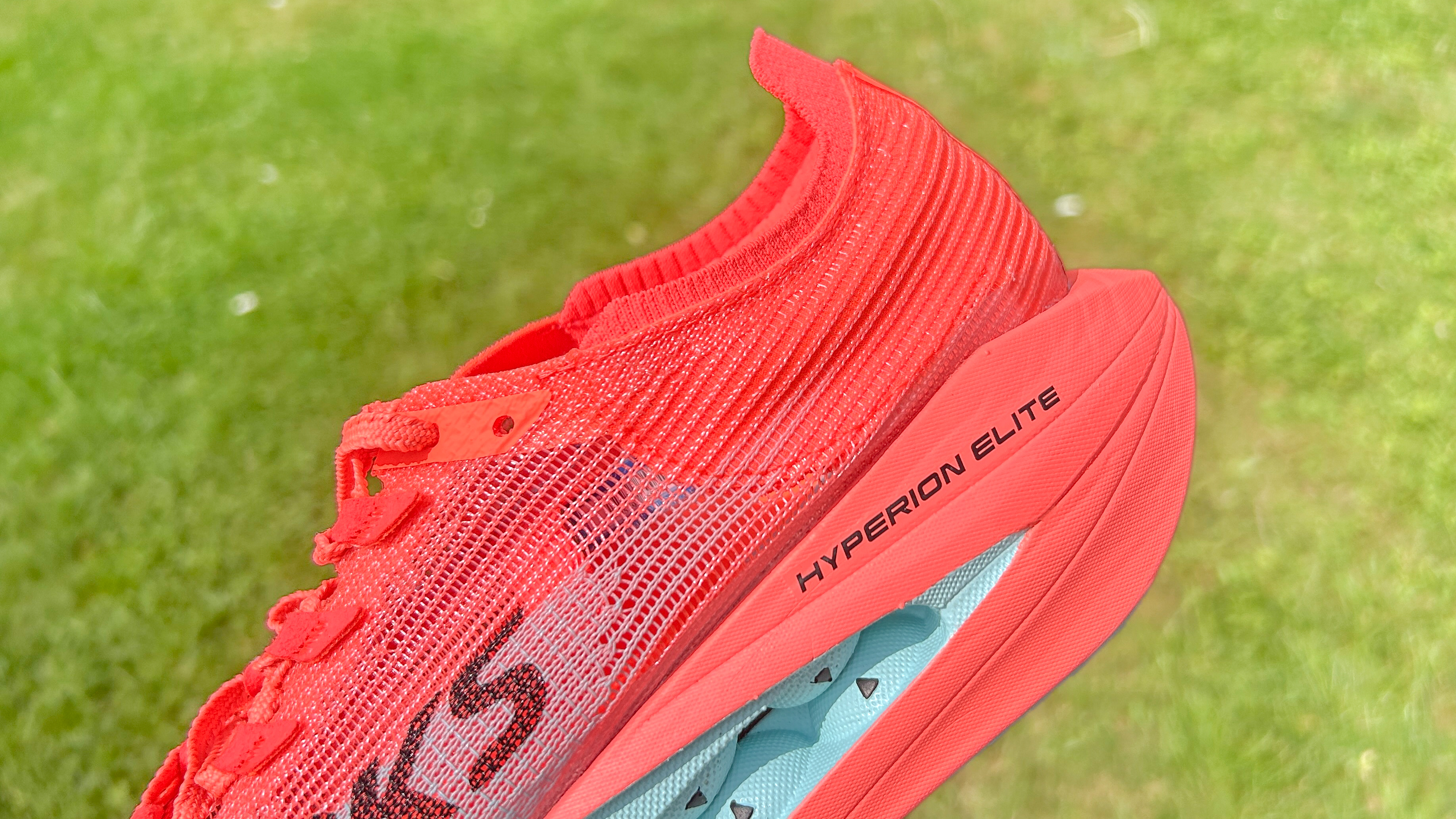
I did three hard workouts in the Brooks Hyperion Elite 5 on both the road and the track, as well as racing a 10K in 33:17 with the shoe, and its overall performance is certainly impressive and in line with most carbon plate super-shoes.
It has a bouncy ride with a fast transition from heel to toe, and feels very light and nimble on the foot. There’s also enough cushioning in the midsole for long distances, and I got the usual benefit of a carbon plate shoe in that my legs felt pretty fresh the day after a hard effort or race.
For a super-shoe, the ride is quite natural and stable. The Hyperion Elite 5 is not as squishy and wobbly as a shoe like the Saucony Endorphin Elite 2, or as aggressively rockered as a shoe like the Puma Fast-R 3.
This means it could suit those new to carbon racers quite well, and will feel a bit more supportive over longer events like marathons. It’s also comfortable and stable enough to use for regular training, though durability will always be a concern with lightweight racing shoes like this.
However, the drawback of the more natural design is that it doesn’t feel quite as fast and propulsive to me as a shoe like the Puma Fast-R 3, or the Asics Metaspeed Sky Tokyo, which is lighter and bouncier.
Should you buy the Brooks Hyperion Elite 5?
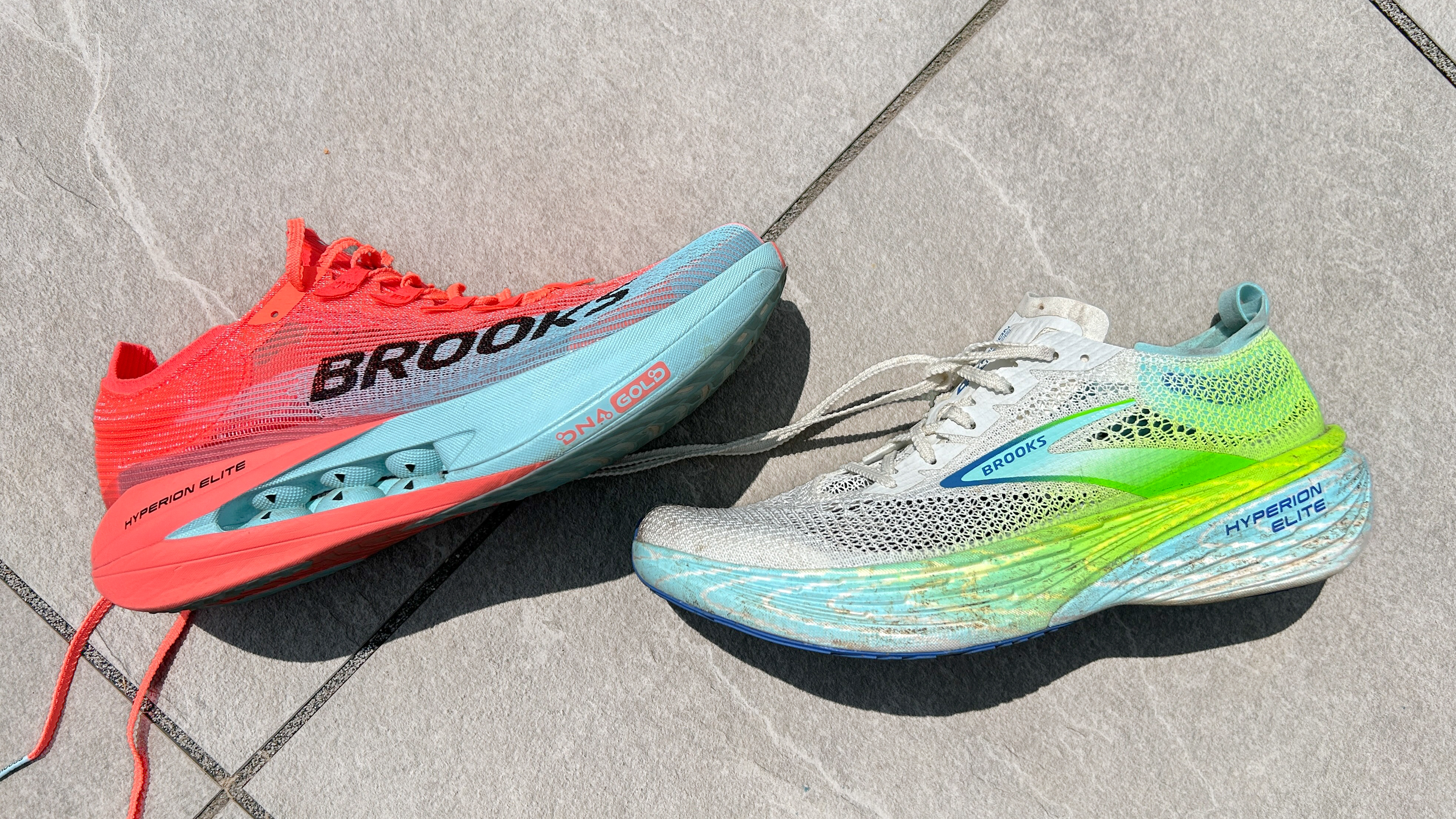
The Brooks Hyperion Elite 5 is a fast, lightweight and springy carbon plate racing shoe that I’d be delighted to have on my feet for races of any distance.
Unfortunately, that’s also true of several other super-shoes right now — the market has never been more competitive, and there isn’t one thing that really stands out about the Hyperion Elite 5 that makes me recommend it above all others.
There are a couple of standout shoes for me right now, which are the Puma Fast-R 3 and Asics Metaspeed Sky Tokyo, which are lighter and feel faster, and they’d be my go-tos if you just want a flat-out speedster for racing.
However, the Brooks is a bit more stable than those shoes, but if you do want a more natural ride in a super-shoe you can get it for less, from options like the Puma Deviate Nitro Elite 3 or Hoka Rocket X3.
The Adidas Adizero Adios Pro 4 is also cheaper and performs at the same high level as the Brooks Hyperion Elite 5.
As good as it is, I think there are better or at least better value options than the Hyperion Elite 5 I’d check out first, but if you do pick it up, you can be sure you’re getting a great racing shoe.

Nick Harris-Fry is an experienced health and fitness journalist, writing professionally since 2012. He spent nine years working on the Coach magazine and website before moving to the fitness team at Tom’s Guide in 2024. Nick is a keen runner and also the founder of YouTube channel The Run Testers, which specialises in reviewing running shoes, watches, headphones and other gear.
Nick ran his first marathon in 2016 and became obsessed with the sport. He now has PBs of 2hr 25min for the marathon and 15min 30sec for 5K. Nick is also a qualified Run Leader in the UK.
Nick is an established expert in the fitness area and along with writing for many publications, including Live Science, Expert Reviews, Wareable, Coach and Get Sweat Go, he has been quoted on The Guardian and The Independent.
You must confirm your public display name before commenting
Please logout and then login again, you will then be prompted to enter your display name.
